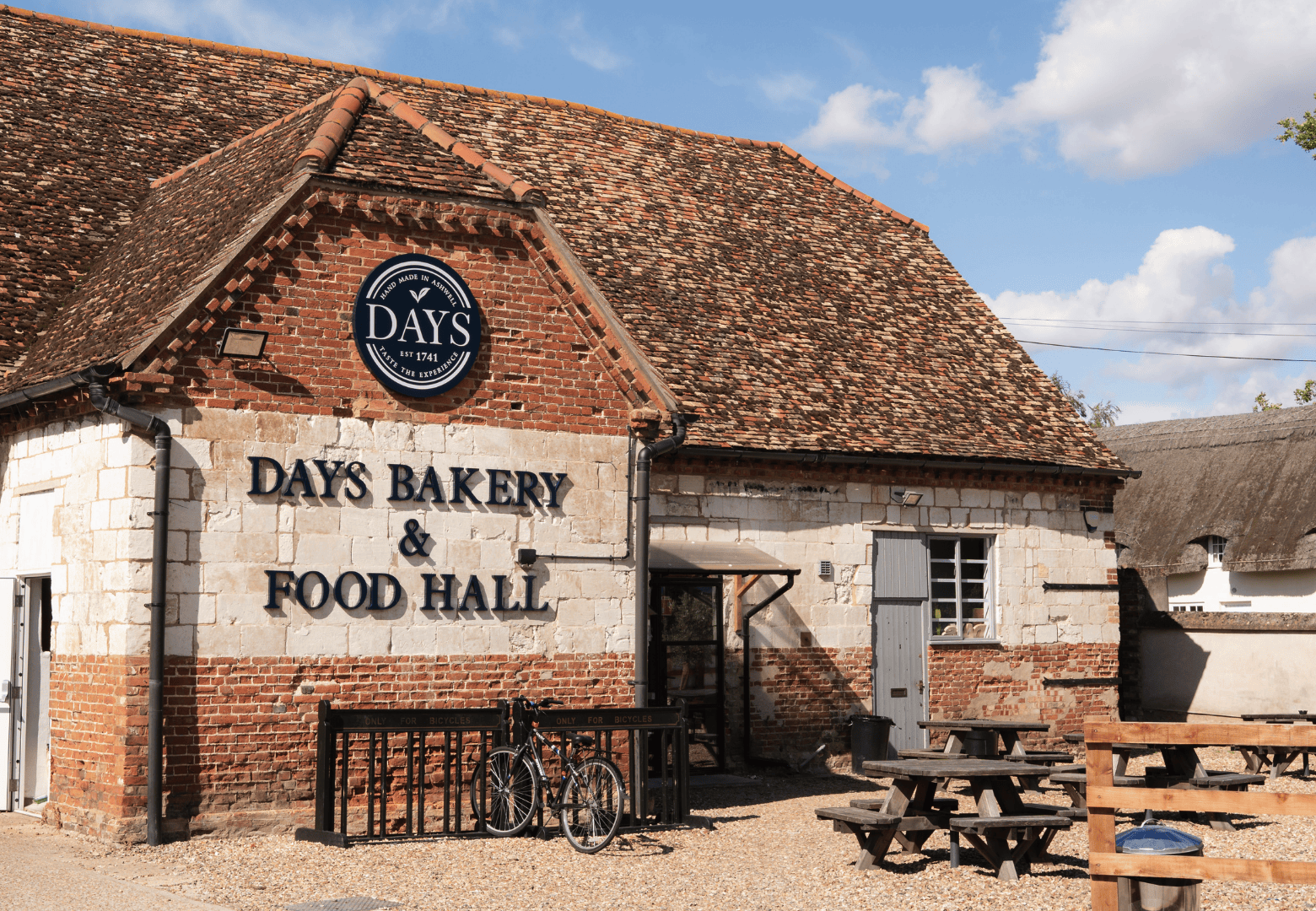31 October 2025
The Cost of Cheaping Out on Your Bakery's Coffee
Jack Merriman
Digital Marketing Manager
If you run a bakery, here’s a question worth asking: is your coffee helping your business, or quietly hurting it?
Coffee might seem secondary to your core offer, but for many customers, it’s the deciding factor in whether they come back.
When you bakery's coffee is low quality, it doesn’t just lose you drink sales, it chips away at your reputation. But if you invest in serving great coffee, it becomes one of the simplest and most profitable ways to grow loyalty, spend, and brand value.
In this article, we’re going to look at why bad coffee can hold your bakery back, and how getting it right can completely change the way customers see your business.
Rising Demand for Quality Coffee
Coffee has become one of the most habitual purchases in the UK. The branded coffee shop market is now worth around £6.1 billion, growing 5.2% year-on-year, with more than 11,400 outlets nationwide. Consumers aren’t cutting back, they’re upgrading. People have grown used to barista-quality drinks, milk alternatives, and specialty flavours, whether they buy from Pret, Costa, or their favourite independent café.
For bakeries, this cultural shift represents both an opportunity and a threat. Pairing high-quality baked goods with excellent coffee can turn a simple morning visit into a ritual. But if your coffee isn’t up to scratch, those same customers will head elsewhere for their daily fix, and probably take their pastry purchase with them.
Serving Low-Quality Hot Beverages Could Hurt Your Reputation
Nothing undermines a fantastic guest experience like a disappointing coffee. And when customers are being charged premium prices, they expect something on par with their favourite coffee shop.
The problem isn’t just taste. It’s perception. Serving poor coffee sends a message that your attention to quality stops at the oven door. It tells your customers that while you care about your food, you don’t care about the full experience.
And in an age where reviews and repeat business drive survival, that’s dangerous. Industry research shows beverage quality is one of the top factors behind customer loyalty in cafés and bakeries. When the coffee fails, satisfaction scores drop, reviews suffer, and the brand you’ve worked so hard to build loses credibility.
Why Low-Quality Coffee Isn’t Saving You Money
On the surface, buying cheap beans or relying on a basic machine might seem cost-efficient. But this logic doesn’t hold up under scrutiny.
Poor coffee doesn’t just limit sales, it suppresses basket spend and reduces repeat visits. A regular latte sells for around £3.50–£4.00 and carries a gross margin of roughly 70–80%. That means every lost cup is lost profit, not just lost revenue.
Let’s put numbers to it. If your bakery serves 200 customers per day and just 1 in 5 of them buys a coffee, that’s £140 in daily revenue, or £29,000 in gross profit per year. But if your coffee quality turns people off, that opportunity vanishes, and worse, it pushes them toward competitors like Greggs, Pret or the café around the corner.
The difference in investment between low and high quality coffee is also miniscule, because the largest cost in serving coffee is your rent, utilies and labour, not the cost of the beans or the machine it's made with.
So no, buying cheap coffee and a cheap machine doesn’t actually save you money. It can quietly cost you thousands instead.
The Upside: Specialty Coffee Is a Strategic Lever
The good news? High-quality coffee is one of the simplest, highest-margin ways to increase profitability and brand value.
In most bakeries, food margins hover between 50–60%, while coffee routinely delivers 70–80% GP. Beyond the financials, coffee lifts the entire customer experience: it encourages impulse add-ons, anchors meal deals, and strengthens the perception of value.
That’s exactly why leading bakery chains, from Greggs to GAIL’s, make coffee central to their offer. It’s not an afterthought; it’s a revenue engine. GAIL’s doesn’t sell “coffee and pastry.” It sells a ritual of quality, consistency, and comfort, and customers pay for it happily, every day.
How This Bakery Group Turned Coffee Into a Revenue Driver
Want to see what happens when a bakery takes coffee seriously? In this case study, you’ll discover how Day’s Bakery transformed its coffee offer from an afterthought into a major revenue driver: improving quality, increasing average spend, and creating a reason for customers to come back every day.
Treat Coffee as Core, Not Optional
In 2025, coffee is no longer a “nice-to-have.” It’s a core product that defines the modern bakery experience.
Treating coffee as a sideline, run on the cheapest beans or an ageing bean-to-cup machine, is a missed strategic opportunity. The incremental investment to upgrade your coffee offering is small compared to the brand and revenue gains it unlocks.
Every touchpoint in your bakery should speak the same language of quality, from the pastries on display to the coffee in the cup. When it does, you not only compete with the industry leading coffee shops, you become one.
Start Serving Coffee That Drives Revenue
Improving your coffee doesn’t have to mean a full-scale refit. Here are practical steps to get started:
- Audit your current setup. Taste your coffee like a customer would. Ask: does it reflect the same quality as your food?
- Invest in the right equipment. Modern automatic and super-automatic machines can deliver barista-level results with minimal training and waste.
- Choose a roaster who understands your menu. The right partner will match your flavour profile to your food offer and guide you on milk pairings, water filtration, and training.
- Train your team. Even small steps like correct milk steaming, shot timing, cleaning routines can make a big difference.
- Track performance. Monitor attach rates and average transaction value weekly. Great coffee should grow both.



